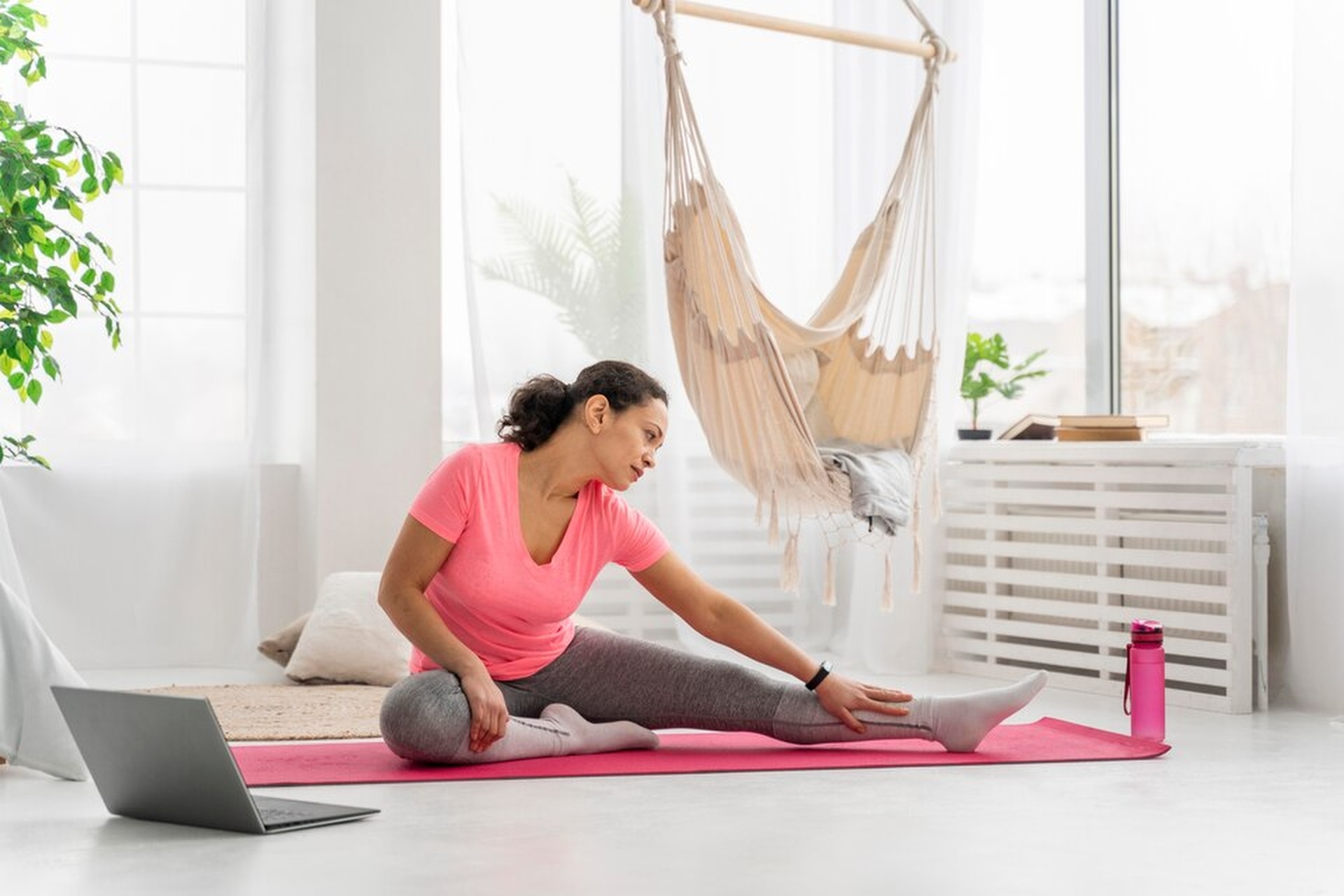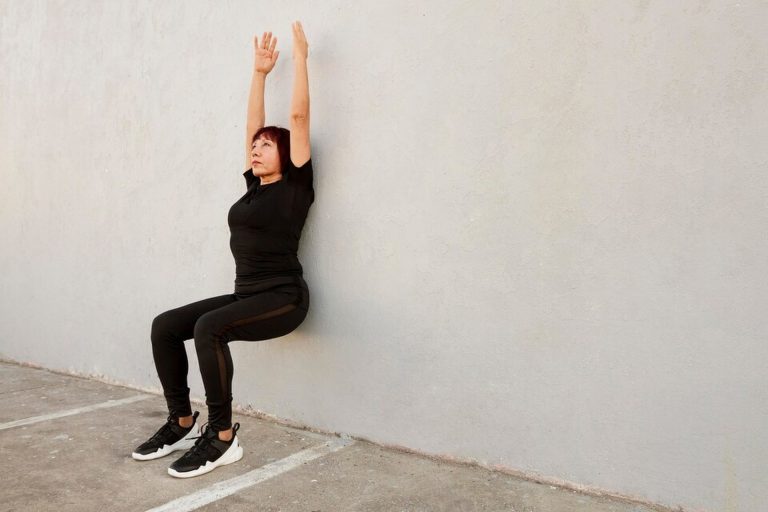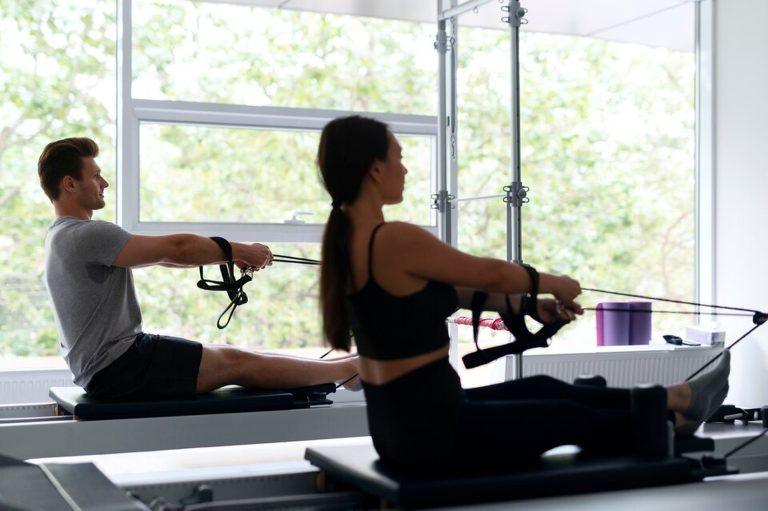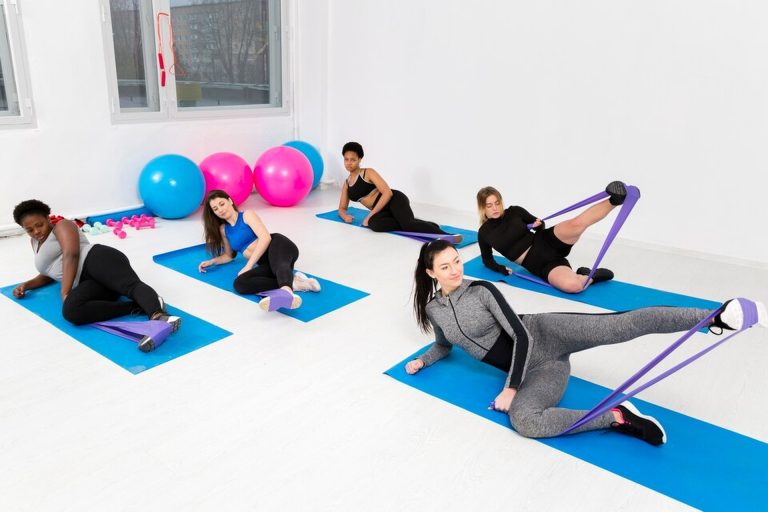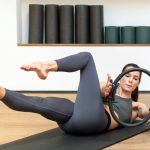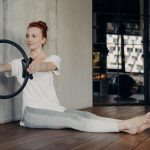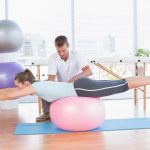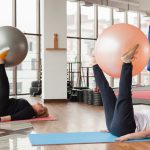In today’s world, everybody is busy and always doing something or the other, and small workouts are very popular. Most women do not have enough time in their day to go to the gym or join some classes. Pilates is a good option because it helps to build a strong core, gives flexibility, makes posture better, and also calms the mind.
Why Pilates Is Perfect For A Busy Schedule
Low Time Commitment, High Benefits
Pilates saves time because it uses movements smartly, activating many muscles at one time. You do not need to do one exercise for each part; instead, you can try one exercise which does many things together.
There are also exercises where only some movement works arms, legs, and core at once, so you don’t waste any second in your day. This makes muscles toned while not needing a long time.
No Complex Equipment Needed
Mostly Pilates is done using just the body and not fancy machines, also not heavy weights. Simple exercises using only body weight can still give big results for any person.
Some people like to use resistance bands or rings, which are small tools that can fit in a bag. You can also carry them in a purse, maybe if you want. This flexible tool makes practice more engaging sometimes.
Improved Daily Functionality
Women who sit long hours or carry kids can feel pain in their back and fatigue, so Pilates helps this problem. Many exercises focus on the core, which removes stress from the back.
Also, doing these moves makes you aware of how you move and stay calmer throughout your whole day and feel less stress, and stay healthy.
5 Benefits Of A 15-minute Daily Pilates Practice
- Increases core stability: Even if done for a short time, it helps to make the core muscle very strong and helps other workouts.
- Improves posture: With better posture, you feel more confident and have less pain in the shoulder and back areas.
- Enhances flexibility: Your body feels loose and smooth while doing daily work like cleaning or walking, or playing.
- Activates the parasympathetic nervous system: This helps your body to relax more and feel less anxious or worried.
- Boosts metabolism and energy levels: The movements are slow but give energy by increasing blood flow in the whole body.
These daily minutes of practice can feel like magic when done regularly. Most people report better mood, less pain, and more strength after only a few days of doing it. The effects show faster when the routine is followed every day, and it becomes part of your afternoon or morning easily.
Structuring Your 15-minute Routine
Warm-up (2 Min)
Warm-up to prepare the muscles so you do not get hurt and also wakes up the core for better results. A good start is the Cat-Cow pose, which stretches the spine slowly in both directions.
Add breathing in tabletop pose with deep inhales and exhales, and do pelvic tilts, which teach lower muscles to engage before you go and do harder moves.
Core Strengthening (7 Min)
The middle part of the session is to work the abs and different parts like the sides, lower region, and deep muscles inside, which help balance. Single-Leg Stretch is a nice way to begin and keep focus.
Then try Double-Leg Stretch followed by Crisscross, which twists the body and plank to hold a strong, still position, which makes a full core turn on and gives control to the figure.
Posture Enhancing Plus Flexibility (4 Min)
After sweating a bit, you calm the body down while stretching the back, spine, shoulders, and arms. Swan Prep is a light version of backbend, and it feels good.
Spine Stretch Forward helps to release tight muscles from the back, and Mermaid Side Bend stretches the side waist and shoulder, and helps with breathing clearly.
Cool-down (2 Min)
Cool down, let the body feel calm, and tell the nervous system the workout is done. Try the Supine Twist lying on the mat and feel your spine soften.
Do Forward Fold and Diaphragmatic Breathing to end the routine with a quiet mind and a peaceful short time for yourself before going back to your busy work.
5 Quick 15-minute Pilates Routines To Try
- Core Focus: This one helps the stomach get strong using roll-ups, planks, and toe taps done in the right slow way.
- Desk Reset: Good for after office hours, do shoulder bridges, seated spine twists, and wall angels to remove tightness.
- Lower Body Burn: Make legs stronger with side leg lifts, glute bridges, and inner thigh work with a cushion or ball.
- Stress-Busting Flow: Calm down with slow breathing and stretches like Cat-Cow rotation and other easy spine steps.
- Full-Body Sculpt: Mix movements like ab crunches, booty bridges, and light arm motions that use the whole body together.
Try any of these, depending on how you feel that day, you can mix them weekly too. They all give results but in different ways, so you can choose based on mood energy or what feels tight that day.
Common Mistakes When Doing Short Pilates Workouts
Skipping The Warm-up
Many people forget to warm up and just jump in the middle, which causes pulling muscles or feeling tired soon. This part is not long, but really helpful to prepare you.
Going into deep exercises before waking up the deep muscles is like starting a car and driving fast without warming the same as our body feels pain if not ready.
Rushing Through Movements
If you go too fast, then you do not feel the control, and movements become useless, though it seems fast. Pilates is a slow and controlled practice, not fast aerobics.
Every motion should be clearly aligned and do not cheat with speed because it causes injury and also misses results in the end.
Holding Breath
Breathing is not just for relaxing in Pilates, it gives rhythm and power to every step done. Most of the exercises need to inhale on one motion and exhale on another step.
If you tighten your breath, the body tightens too, and muscles cannot perform the correct way so keep breathing moving always.
Lack Of Consistency
Doing one or two days and then skipping a week is not how the body grows strong or change happens. You need to stay with it daily or at least five days a week.
Fifteen minutes is not a big time, also not hard to find, but still needs scheduling to make it a habit slowly until it becomes normal.
Ignoring Alignment And Form
Sometimes people focus on numbers, not the way it should look, and the form becomes poor. That can be a danger to the back or neck, or joints. Form is more important than reps because muscles react to quality movement, not just motion, again and again.
Making 15 Minutes Count: Time Management And Mindset Strategies
Scheduling Pilates Into Your Day
The best time is the one you actually do, which can be morning before breakfast or afternoon break, or night before sleeping. Choose whatever works and then stay with that choice every day.
Time blocking is a nice tool to write in a plan as if it is a meeting or work; also, turn off your phone for those fifteen minutes to feel quiet and focused and see better results.
Creating A Dedicated Space For Movement
Making a corner in your room where the mat is always ready makes it easier to start because no need to move chairs or tables. You may keep a towel or a small cushion for comfort if needed.
Even in a small place, this works like magic. Just mark that spot as your practice zone, and your body will begin to know this is move time now.
Shifting Mindset From All Or Nothing To Something Is Better
If you wait for one hour you may never start, so focus on the small, which is better than zero. This thinking helps you do at least a little every day, and that creates discipline without feeling pressure.
Doing fifteen minutes every day builds more strength than waiting for the perfect day, which will not come sometimes. Just show up your mat and press play or start moving.
Conclusion
Fifteen minute Pilates routines are great for any woman who is busy and wants to stay strong and calm without spending hours. Consistency will give better results than a long workout done only sometimes. Choose any routine from here and try it for the next three weeks and see big changes. Make this your time of health, not just for body but also for peace in mind and heart. Pilates can be your daily support for a strong life.

